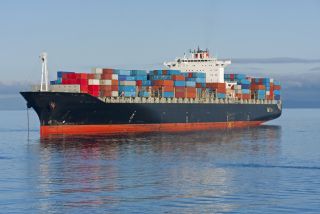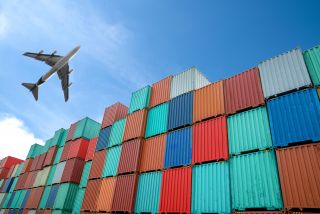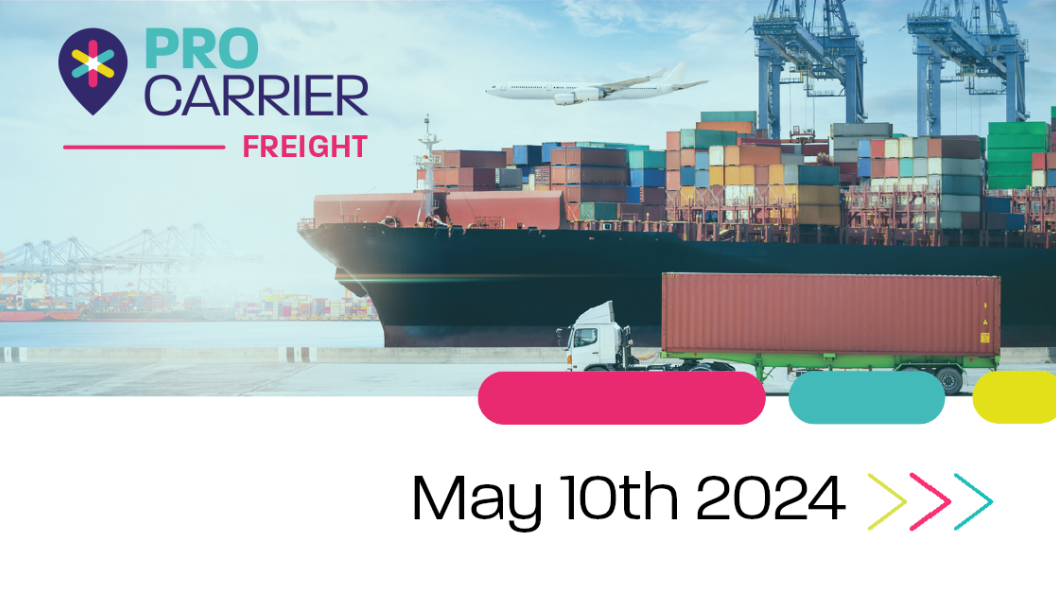Table of contents
Topic of the week:
The Panama Canal is one of the most popular shipping routes for East Coast trade, especially when shipping agricultural commodities like grains, due to its speed and efficiency, it’s two main selling points. This, however, makes it a more expensive route to take. However, the recent drought that has taken over the Panama Canal has meant that its two key selling points are now moot.
The route has suffered one of the worst droughts in its history and it doesn’t look like it will let up any time soon. More and more draft restrictions have been placed on the canal with more plans to reduce the maximum draft of ships to just 11.73m by July 19th as warnings have emerged that water depths in the center of the canal could hit record lows. Draft restrictions have meant that there has been a decrease in the maximum draft by around 2m. Local authorities are also warning that in order to save water, daily transits will have to be cut. Currently transits have been announced to a limited 32-30 per day as opposed to the usual 36-34 per day. For a vessel to be able to safely pass through the canal, 200m litres of water are required, and this is fast drying out. The restrictions put in place to reduce daily transits were in hopes of postponing the planned restrictions that would see a 40% drop in the cargo that some containerships were allowed to carry when passing through the canal. These restric6ions have not currently been put in place, however, as current ships were loaded in Asia weeks ago, when the restrictions were expected to be implemented, vessels are carrying around 40% less load.
Traffic through the Panama Canal makes up 40% of all USA container traffic, and the limits in capacity and frequency of vessel transits has meant that rates have hiked. As capacity drops, demand rises. This calls back to a statement made by Patrick Tu, Yang Ming CEO, that the drought could stop container freight rates bottoming out due to the knock on effect caused by weight restrictions, increasing rates by $300-$500 USD per container at the time. The trade route that will be most affected is the Northern Europe to South American West Coast route as the Panama Canal acts as an integral connector between the Pacific and Atlantic basins.
After port disruptions due to strikes across US West Coast ports, Canada West Coast ports are now facing a similar situation. The International Longshore and Warehouse Union (ILWU) Canada has announced its plans to strike on July 1st across the ports of Vancouver and Prince Rupert for 72 hours. The strikes come from disagreements between port worker unions and the British Columbia Maritime Employers Association (BCMEA) as they struggle agree on a new contract. Further negotiations are currently happening in an attempt to avoid the strike, which will most likely effect containerships.
Sea:
- Over the last two weeks China/East Asia to North America West Coast spot rates have decreased by 23.4% from $1,579/FEU to $1,209/FEU according to Freightos data
- China/East Asia to North America East Coast spot rates have declined over the last two weeks, decreasing by 13.3% to $2,298/FEU.
- Global container spot prices have fluctuated over the last two weeks, and are now sitting at $1,297/FEU, a 10.6% decrease over the last two weeks, and a 81.5% decrease from spot rates in June 2022 according to the Freightos Baltic Index (FBX)
- China/East Asia to North Europe spot rates have increased by 3.3% over the last two weeks, now sitting at $1,266/FEU, says (FBX)
- The effects of cyclone Biparjoy continue as frustration increases at Mundra Port, India, after a week-long shutdown. The port is trying to recover, but is experiencing huge delays of up to 40 hours, and a widespread halt on shipping along the coast.
- Freight spot rates have now decreased below pre-pandemic levels causing carriers to remove almost 25% of their capacity from the transpacific trade lane, as they struggle to break even.




